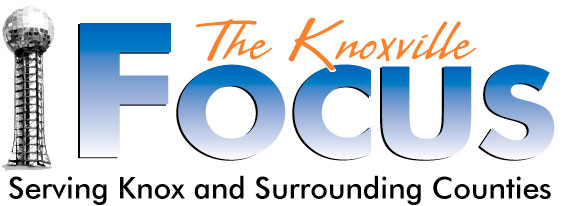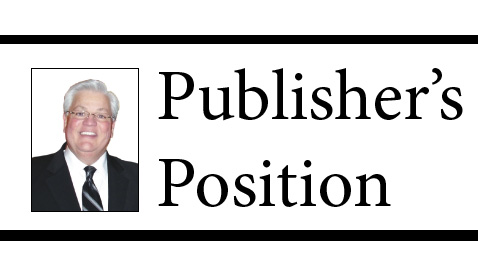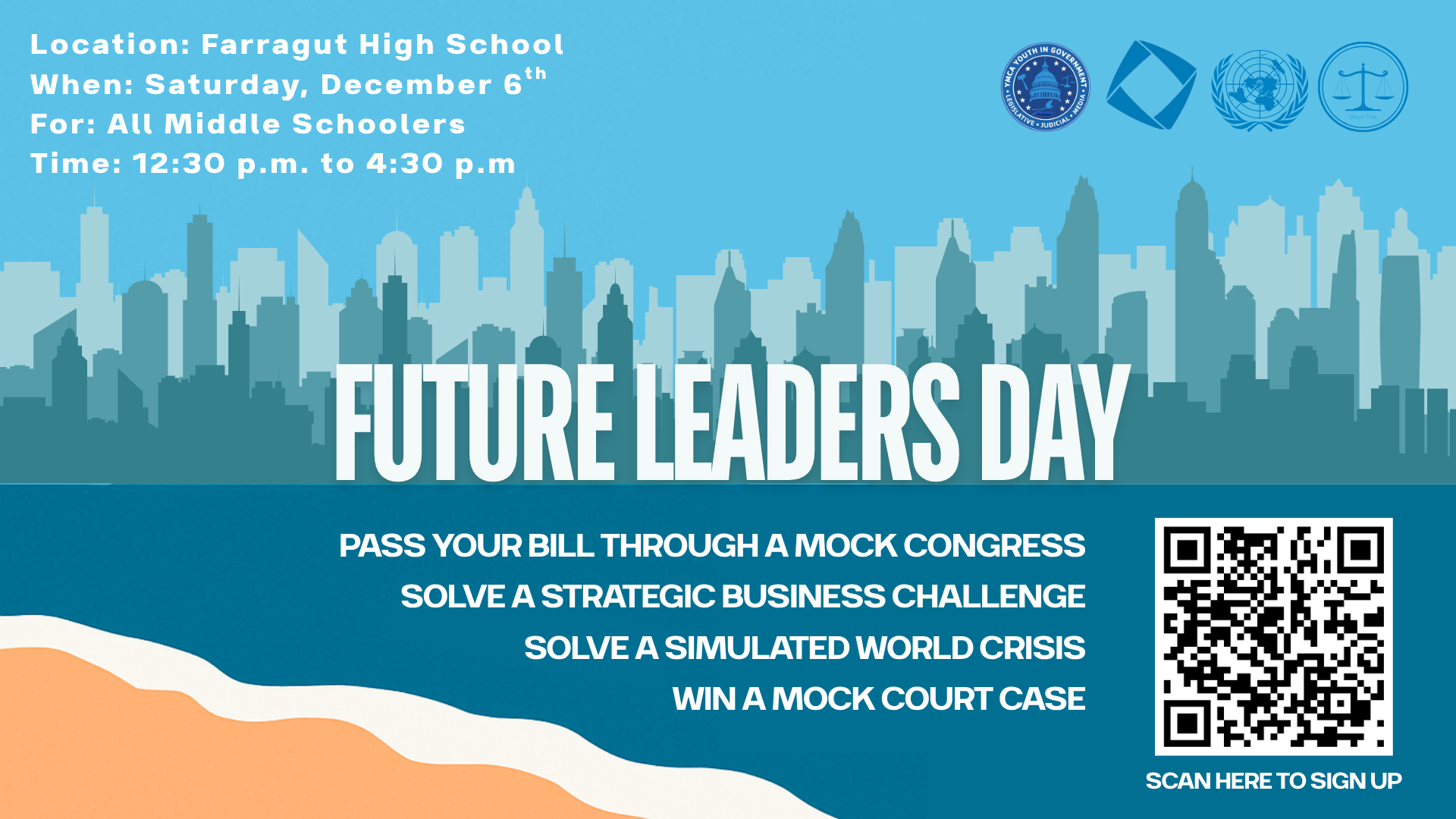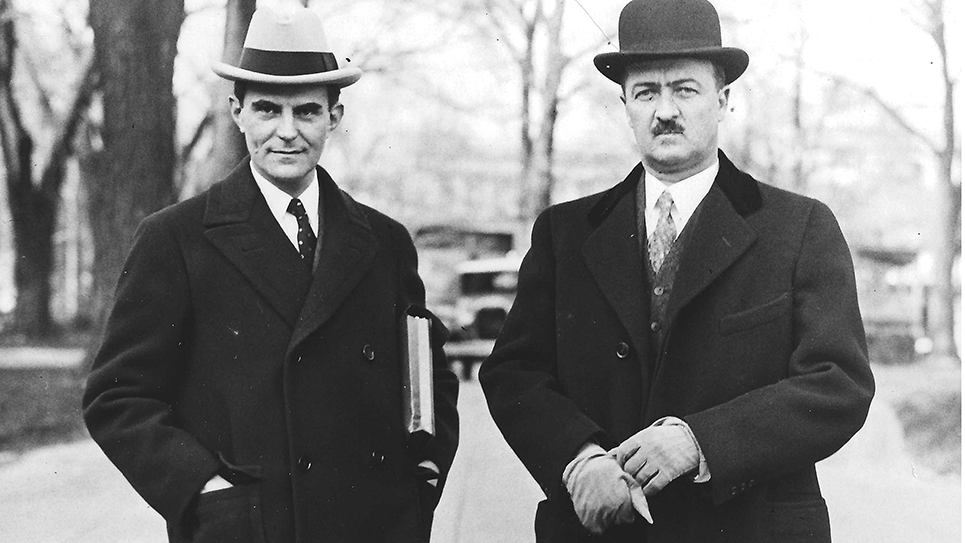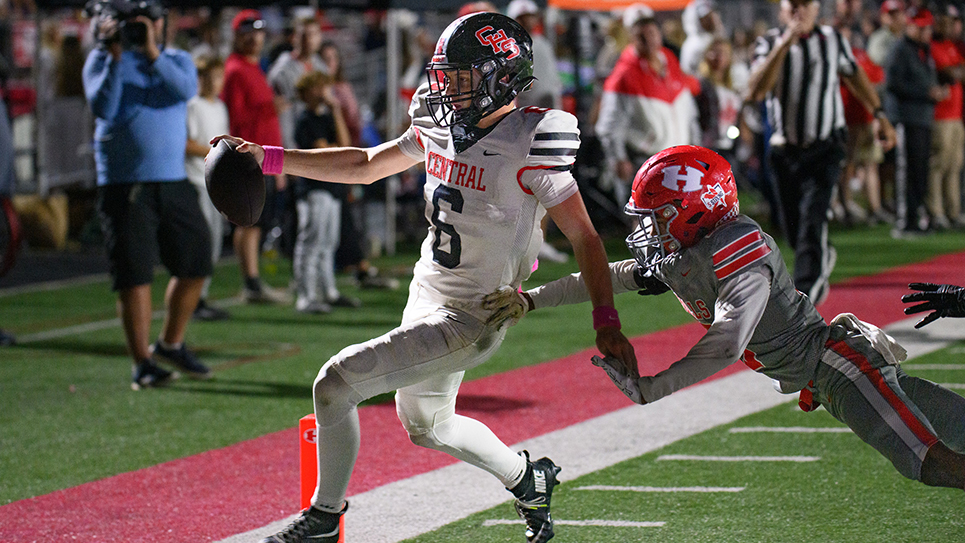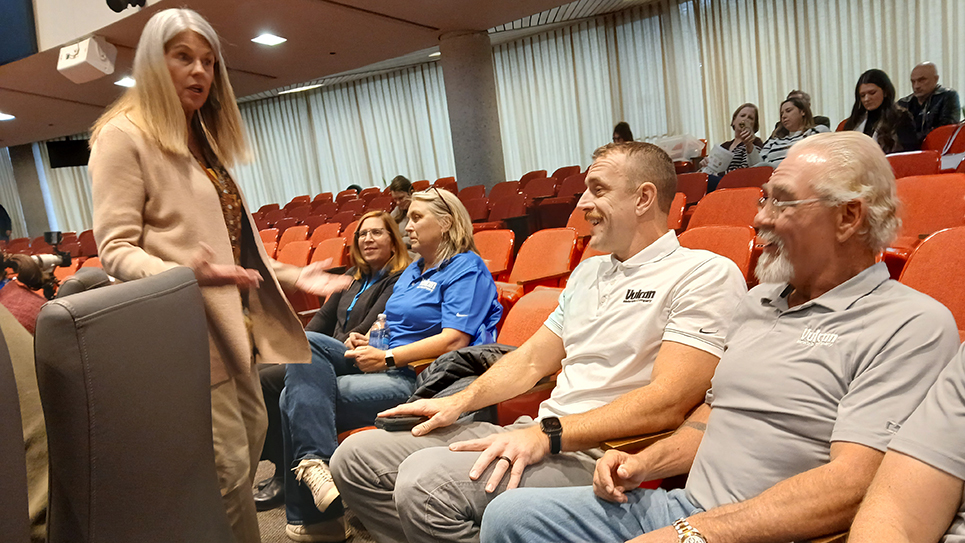Q&A with Marc Raimondi
Author of ‘Say Hello to the Bad Guys’ talks to The Focus
By Mark Nagi
If you are a professional wrestling fan, or even if you aren’t, you’ve probably heard of the New World Order. Better known as the nWo, that faction changed not only the scope of sports entertainment but American culture as well. Recently, I had the opportunity to speak with Marc Raimondi, the author of “Say Hello to the Bad Guys,” which is available for purchase anywhere you buy books on June 24th.
And yes, there are Tennessee ties…
Knoxville Focus: Kevin Nash was a huge part of the nWo. But before becoming a professional wrestler, he was a member of the University of Tennessee’s men’s basketball team (1977-1980). How did that experience help him in the next chapter of his life?
Marc Raimondi: If you become a pro wrestler… it really is very collaborative and it’s very much a team. And you could maybe, you almost make the assertion that he was still playing on a team. In the WWF (World Wrestling Federation), he started his own kind of team, “The CLIQ.” That friend group with him is Scott Hall, Shawn Michaels, Sean Waltman, and Triple H. So that’s almost an extension to me of his playing career, where he was used to having this group of guys around him that all kept each other up. They weren’t the most popular guys in these locker rooms. So really, it did kind of fit this whole nWo thing for them because it’s like, look, it’s already us against the world. Let’s just go fully with that.
KF: Who would you say deserves the most credit for the success of the nWo? Obviously, Hall and Nash were the guys up front. Then Hulk Hogan gave it serious heat, and Eric Bischoff was the guy behind the scenes, and then in front of the camera as well…
MR: They were asking themselves that back in the late 1990s. There was a lot of ego stuff happening for who was taking credit for the nWo. I think that you can’t have the success the nWo had without all those elements together.
You needed Hulk Hogan because if he wasn’t who he was in the 1980s, then that 1996 heel turn does not have the same effect, right? You must have that decade of establishing him as the baby face, the number one guy in all of wrestling, and now he’s bad.
Hall and Nash were “The Outsiders” and they brought with them this kind of street cred, this cool factor. They were more contemporary and more into what was going on in pop culture and popular music. Kurt Cobain, Marilyn Manson and these counterculture type of guys.
I sat down with Eric (Bischoff), and he was extremely accommodating to me when I visited him at his home in Cody, Wyoming. I think that the biggest thing that he did was figuring out a way to keep it together for as long as he did.
KF: I always kind of look at the nWo, like their peak wasn’t really that long.
MR: Wrestling is so unlike anything else, and it is hard to continue to have people buy into what you want to do, especially when they were the biggest stars of the time. There were so many what-ifs in 1998 and 1999. You never got the real Hogan v. Nash match. You never got the Hogan v. Bret Hart match. These were all money matchups they wanted to do, but for whatever reason, Bischoff was not able to do.
KF: Could the nWo have worked without Hogan’s heel turn?
MR: It would not have, because Hulk Hogan’s turning heel was like a seminal moment in our lives as kids. I think, like a lot of people, there’s a few things in the course of history that you remember where you were when you found out the news. I was at summer camp. And that’s what everyone was talking about. It was a big deal. It was a world event. It was important because of who he was. He was the biggest name in the history of professional wrestling at that time, right? He was a household name, period. Everyone knew him as the good guy. And when he turned heel… if not for that, who knows what the nWo storyline would have become? These guys all kind of read the tea leaves before anybody else did. Because that really was the start of the whole rooting for bad guys thing. It’s not all good versus evil. There’s no blueprint for that. There’s no formula to generate that.
KF: You have talked about wearing nWo stuff and people noticing it 25 years later. Why has this whole nWo thing had such staying power? It’s a completely different world from the late 1990s, early 2000s…
MR: It’s right before the internet really starts kicking off. There really wasn’t much of an internet presence then. So, people were still very much in front of their TVs every night watching cable. That was a big deal. And the fact that it captured the zeitgeist in a way that wrestling had before, but this took things to a whole different level. It was appointment viewing. And now it’s a feeling of nostalgia that is unlike anything else, because it was a part of your life then, and you see it, and it brings you back there. People remember that time. It became part of American pop culture.
